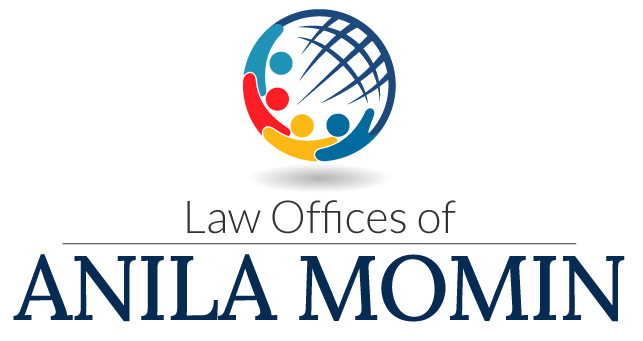Which Route is Best for You: Spousal Visa or Fiancé Visa?
Decisions, decisions, decisions!
Aside from choosing which cake to have at the reception, taking the right immigration steps to embark on a new journey as a couple may be confusing. Whether to get married overseas and then start the immigration process or to call your fiancé to the US and then get married in the States, is a heavy decision to make. My blog is here to alleviate your heartache to make the best decision for your situation.
First of all, it is important to understand the differences of these visas and to know which pipeline to send off your immigration case. For those who are already married for over two years, your overseas spouse has to follow the immigrant visa route (unless, of course, there are other non-family immigration scenarios, but we’ll just focus on family immigration for this blog). For those who are married for less than two years, your overseas spouse has to apply for a spousal visa, starting with submitting a relative petition here in the States. For those of you who have proposed to marry but not married yet, your overseas fiancé has to apply for a fiancé visa or K-1 visa.
The dilemma is: which is the best route for you and your partner?
Advantages and Disadvantages of Spousal Visa
One benefit of a spousal visa is that it is available for both categories: spouse of US citizens and spouse of legal permanent resident (LPR), but the processing times are different for both.
The time it takes to process a spousal visa is approximately 12–18 months, which is slightly longer than a fiancé visa.
Another advantage of a spousal visa is your spouse is allowed to work immediately upon entering the States (unlike the fiancé visa).
An additional advantage of a spousal visa is your spouse will be able to immediately travel overseas, unlike the fiancé visa which requires your partner to apply for permanent resident status to obtain advance parole to leave the US (especially important for those overseas honeymooners).
Advantages and Disadvantages of Fiancé Visa
One disadvantage of a fiancé visa is that it is only available for US citizen fiancés, so if you’re a green card holder, then you either wait to get your citizenship to apply for fiancé visa or apply for a spousal visa.
After getting a fiancé visa, you need to get legally married within 90 days of entry, and then your partner can adjust status to a permanent immigrant. Not sure if this is beneficial for those planning a lavish wedding, but for all others, it is doable.
Another criterion of a fiancé visa is you must have met in person in the last 2 years. If your case or the relationship is questionable, the window to prove bona fide marriage is approximately 4 months.
One advantage of a fiancé visa is you can most likely have your partner here in the States faster. Processing time for this is roughly 11-17 months, but this can change yearly. This does not include the time to adjust status to permanent resident. So from fiancé visa to permanent resident status, it takes approximately 2-3 years (includes approximately 11-17 months for visa plus roughly 10-13 months for permanent resident status).
The reason the spousal visas take longer is because it has more initial steps than a fiancé visa to get to the States, which includes first submitting the relative petition to get spousal visa started. Whereas for the fiancé visa, you will move faster without first having to submit the relative petition and have your fiancé in the States with you while waiting for the permanent resident process.
Another disadvantage of a fiancé visa is that it is more expensive than spousal visa. Fiancé visa costs approximately $2,025 in filing fees plus an additional cost of getting a permanent resident status of approximately $1,300 and spousal visa costs approximately $1,200 plus after two years, you have to remove conditions costing an additional amount of roughly $680. It is important to note that these are only filing fees and professional fees are separately charged and vary.
An additional disadvantage to keep in mind is that if you go the fiancé visa route, the sponsored partners will not be able to travel outside the US or work in the US for roughly 3-6 months after coming to the US since filing for permanent resident status will happen after getting married within the 90-day period. When filing for permanent resident status, sponsored partners can also apply for work authorization and advance parole to travel outside the US.
If you are willing to wait to see your spouse and are wanting to save costs, spousal visa may be the better option. Though the fiancé visa will get your partner here faster in the States, this route will not allow the sponsored partner to work immediately – unlike the spousal visa.
In conclusion, it’s best to sit with your partner and weigh out everything to plan your life together. Of course, having professional help during this process will alleviate the stress that comes with it and ensures all goes as planned since any errors can cause delays in an already tedious process. It is definitely an investment worth making.
I’m starting to hear the ‘immigration’ bells ring!

